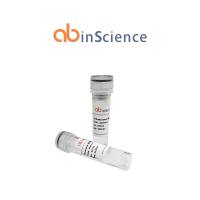Application of Surface Plasmon Resonance Spectroscopy to Study G-Protein Coupled Receptor Signalling
互联网
互联网
相关产品推荐

Coronavirus Nucleocapsid重组蛋白|Recombinant SARS-CoV-2 Nucleocapsid-AVI&His recombinant Protein,Biotinylated
¥4520

Recombinant HTLV-1 Surface protein gp46, C-Fc
¥1868

灰色链霉菌/灰色链霉菌/IMAS Study Class M4.3
¥1500

LDLR/LDL Receptor 兔单抗(Anti-Human)
¥700

Recombinant-Mouse-Probable-G-protein-coupled-receptor-22Gpr22Probable G-protein coupled receptor 22
¥12614
相关问答
推荐阅读
Mining the Salivary Proteome with Grating‐Coupled Surface Plasmon Resonance Imaging and Surface Plasmon Coupled Emission Microarrays
Surface Plasmon Resonance and Surface Plasmon Field-Enhanced Fluorescence Spectroscopy for Sensitive Detection of Tumor Markers
Surface Plasmon Resonance Imaging on Polypyrrole Protein Chips: Application to Streptavidin Immobilization and Immunodetection

